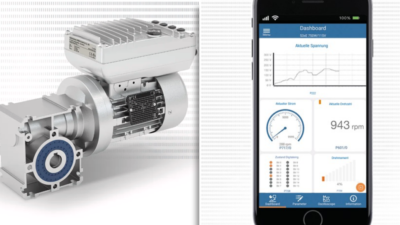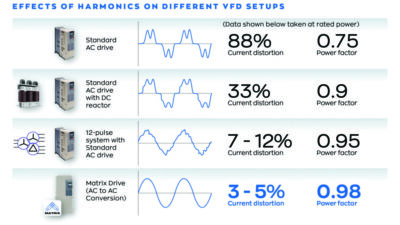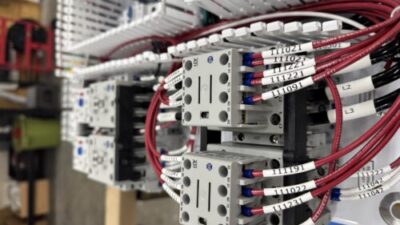Alpharetta, Ga. - Siemens Energy & Automation, Inc. recently introduced three sizes of large-frame contactors and overload relays with ratings in the 115-500 A range for both ac or dc motor control.
Alpharetta, Ga. – Siemens Energy & Automation, Inc. recently introduced three sizes of large-frame contactors and overload relays with ratings in the 115-500 A range for both ac or dc motor control. The new line fits into and expands Siemens’ Sirius 3R system of modular, compact contactors, overload relays, motor starter protectors, and associated devices above the prior 100-ampere level. The new contactors feature a system of ‘Universal Current’ coils that allows complete coverage of control voltages from 24 to 600 V (ac and dc) with just 13 coil ranges. This helps cuts users’ inventory from the more typical 50 coil ranges, according to Siemens E&A.
Coil options for Sirius 3R contactors offer a choice of a standard coil plus three electronic coil versions. The latter options include coils with 1) an interface for direct switching of a PLC without adding relays or PLC interfaces 2) ‘Remaining Lifetime’ indication that estimates contact erosion by a quick visual inspection, eliminating unplanned down time due to worn contact tips, and 3) AS-Interface to accommodate digital communication.
New large-frame, solid-state overload relays – available in starter or panel-mount versions – complement the above contactor sizes with ratings from 50 to 630 FLA (full load amperes). Siemens also has extended the overall family of solid-state overload relays for Sirius 3R with the 3RB10 line that ranges over 0.1-630 Amp sizes. The new 3RB10 relays can work standalone or form a motor starter by connecting to a Sirius 3R contactor.
Self-powered with integrated current transformers, 3RB10 features a 4:1 ratio on its current setting for wider applications, manual or manual/auto reset functions, and phase-loss protection in both class 10 or class 20 trip times. Tripping occurs within three seconds after phase loss is detected. These overload relays eliminate the need for extra control wiring, which simplifies installation. Heaters are eliminated, as well, to minimize power losses or heat build up.



